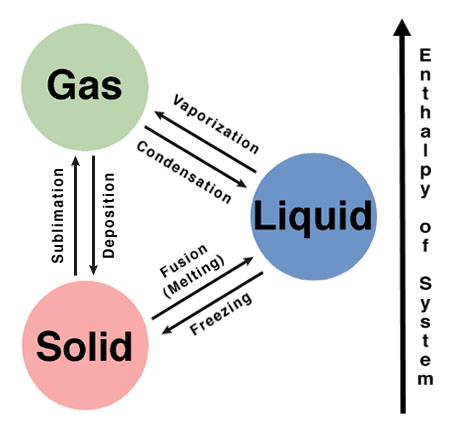Lesson Review: Socrative Teacher Code: LR2E0KJH
Agenda:
1. Review the previous lesson.
2. Discussion of empirical & molecular formulas.
Lesson Objectives:
1. Distinguish between empirical formulas and molecular formulas.
2. Determine the empirical formula of a compound.
3. Explain what percent composition means in terms of a compound.
4. Determine the molecular formula of a compound.
Content Review:
Links: Empirical & Molecular Formulas Percent Composition
Textbook Readings: 1.2; p. 20-27
Student Missions:
Mission 1: Formulas, formulas, formulas. When we look at chemical formulas, we should be looking at the empirical formula. This is the simplest whole number ratio of elements in a compound. The molecular formula gives the actual number of atoms in a molecule.
Mission 2: Well, how much is it though? Percentage by mass data is the most common way to deduce the ratio of atoms present in a compound. But what about when you're given a percentage of an element in a compound? How do you determine the accuracy of such a statement?
Well, you use percent composition. The percent by mass of an element in a compound depends on the total contribution of that element's atoms. Here is a short example on percent composition basics.
Bergen.edu also has some practice problems with solutions provided. I expect for you to work through these problems and show me your work next class. If there are questions, ask them.
9/13 Homework: Complete the practice problems. Work them out step by step. There will be a Socrative review on today's material. Hopefully we can get back in the lab to analyze our results.





 RSS Feed
RSS Feed